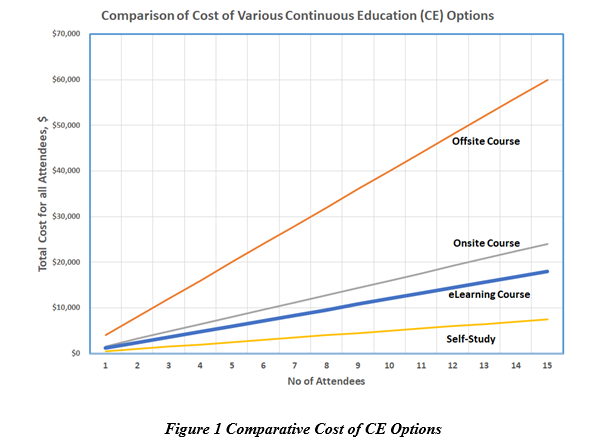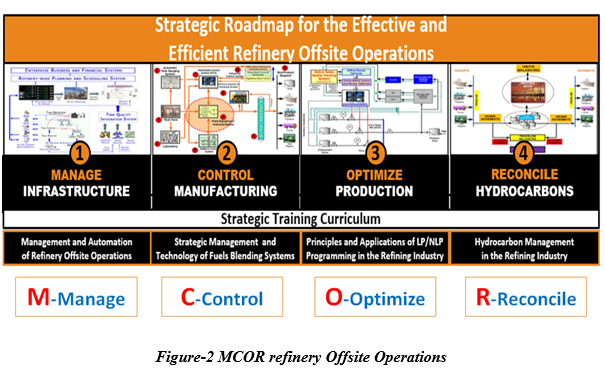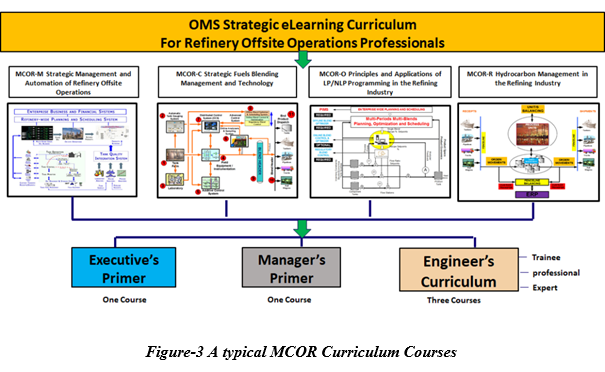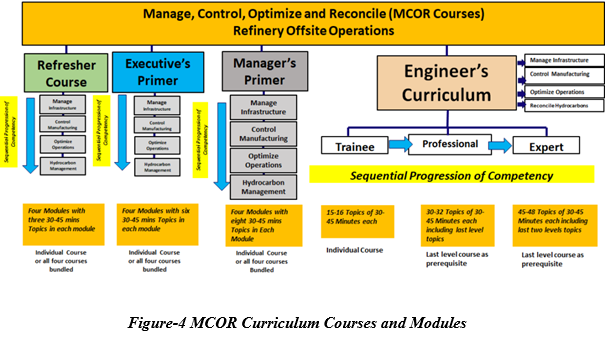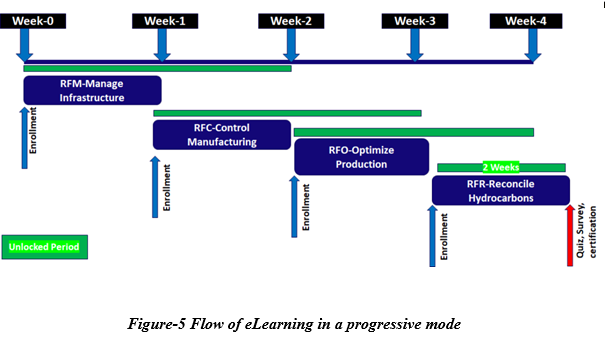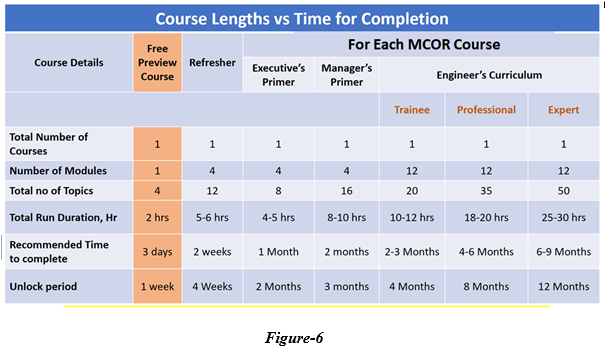RL Blogs

By Suresh Agrawal and Raven Meyers
Sep 16, 2019Keep on learning on our own will to keep our professional knowledge up-to date. |
||
| By Dr. Suresh S. Agrawal, Founder and CEO Mrs. Raven T. Meyers, Creative Director
Introduction
Continuous education is the migration and transition from the academic world to the real world. Academic institutions teach us fundamental foundations; however, application of these fundamentals are not always straight forward in reality. While we often use Google to instantly obtain information, this method of information retrieval is intermittent, and it does not sustain our professional capabilities in a systematic manner.
Since technology and science evolves swiftly, formal academic training becomes outdated quickly. To maintain pace with knowledge advances, we must perpetually pursue continuous education to stay relevant.
Modes of Continuing Education
There are many options for continous training, but they vary in terms of cost, timings and suitability. When we commence our careers after formal academic training, we are presented with the following options:
Comparative Cost of Continuous Education Options
Let us take a case study and compare costs for each method of continuous education - we will use a sample set of 10 students.
As represented in figure 1, we can see that offsite methods cost nearly 4-times as much as other methods. As this example only represents one course, scaling this cost to numerous courses and numerous attendees will cost corporations millions per year.
While the self-study option may be least expensive, it is considered impractical from a time management point of view. Hence, eLearning options is highly cost effective, sustainable and time efficient. With eLearning costing 25-30% of public courses, this represents is a large cost savings for corporations. As a result, the market for eLearning industry is about 325 billion dollars [1].
Attributes of an eLearning Curriculum
The following are common attributes of a typical eLearning curriculum:
An Example of eLearning Curriculum
Let's discuss how eLearning systems are applied in the refining industry. There are two areas of operations in a refinery, known as onsite and offsite operations. Onsite operations refer to process units while offsite refers to tank’s farms, product blending, and oil movement logistics. Offsite areas often lack of training opportunities and have high employee turn-over. There are very few or non-existent public courses that offer training opportunities for professionals working in the refinery offsite operations area.
A refinery can lose up to 50 million dollars a year because employees lack skill and knowledge. Our solution is the eLearning academy, which offers curriculum focused in training off-site personnel. The following is our approach to applying eLearning curriculum across all off-site job levels.
MCOR (Manage, Control, Optimize and Reconcile) curriculum – The four aspects of refinery offsite operations, shown in Figure-2, address infrastructure management, manufacturing control, production optimization, and hydrocarbon reconciliation [2].
The MCOR concepts apply to all levels of industry professionals, but knowledge depth varies by role. Thus MCOR curriculum addresses high level principles for executives and managers, while engineers will dive into more detail, as demonstrated in Figure-3.
The engineer’s progressive eLearning curriculum, as noted in Figure-4, is further divided into three sub-courses for trainee, professional and expert levels. The key feature of this curriculum ensures that management and technical SMEs obtain equal exposure to the MCOR off-site concepts, though exposure and training rigor will vary.
The challenge with 3 day public courses is that less than 60% of training knowledge is retained by the time the course ends. Attendees miss the timely opportunity to sync newly learned skills with hands-on experiences.
eLearning curriculum, on the other hand, applies a learn, practice, and learn approach due to progressive learning modes. Figure-5 illustrates how a simple refresher course of 12 topics can re-ground refinery professionals before enrolling in a more extensive curriculum.
As shown in Figure-6, curriculum duration can vary from hours to months depending on participant interest. Extended learning periods simulate class-environments, but allows flexibility to manage daily workload. Participants can review topics as much as desired within the unlock period. All topics are always available to the enrollee for subscription-based enrollment.
Conclusion
We have discussed in this paper that
References | ||
|
|

